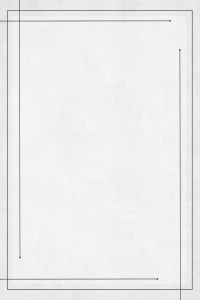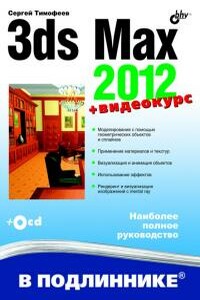The Official Radare2 Book | страница 92
| Cv[bsr][?] add comments to args
| Cz[@addr] add string (see Cs?)
Simply to add the comment to a particular line/address you can use Ca command:
[0x00000000]> CCa 0x0000002 this guy seems legit
[0x00000000]> pd 2
0x00000000 0000 add [rax], al
; this guy seems legit
0x00000002 0000 add [rax], al
The C? family of commands lets you mark a range as one of several kinds of types. Three basic types are: code (disassembly is done using asm.arch), data (an array of data elements) or string. Use the Cs comand to define a string, use the Cd command for defining an array of data elements, and use the Cf command to define more complex data structures like structs.
Annotating data types is most easily done in visual mode, using the "d" key, short for "data type change". First, use the cursor to select a range of bytes (press c key to toggle cursor mode and use HJKL keys to expand selection), then press 'd' to get a menu of possible actions/types. For example, to mark the range as a string, use the 's' option from the menu. You can achieve the same result from the shell using the Cs command:
[0x00000000]> f string_foo @ 0x800
[0x00000000]> Cs 10 @ string_foo
The Cf command is used to define a memory format string (the same syntax used by the pf command). Here's an example:
[0x7fd9f13ae630]> Cf 16 2xi foo bar
[0x7fd9f13ae630]> pd
;-- rip:
0x7fd9f13ae630 format 2xi foo bar {
0x7fd9f13ae630 [0] {
foo : 0x7fd9f13ae630 = 0xe8e78948
bar : 0x7fd9f13ae634 = 14696
}
0x7fd9f13ae638 [1] {
foo : 0x7fd9f13ae638 = 0x8bc48949
bar : 0x7fd9f13ae63c = 571928325
}
} 16
0x7fd9f13ae633 e868390000 call 0x7fd9f13b1fa0
0x7fd9f13ae638 4989c4 mov r12, rax
The [sz] argument to Cf is used to define how many bytes the struct should take up in the disassembly, and is completely independent from the size of the data structure defined by the format string. This may seem confusing, but has several uses. For example, you may want to see the formatted structure displayed in the disassembly, but still have those locations be visible as offsets and with raw bytes. Sometimes, you find large structures, but only identified a few fields, or only interested in specific fields. Then, you can tell r2 to display only those fields, using the format string and using 'skip' fields, and also have the disassembly continue after the entire structure, by giving it full size using the sz argument.


